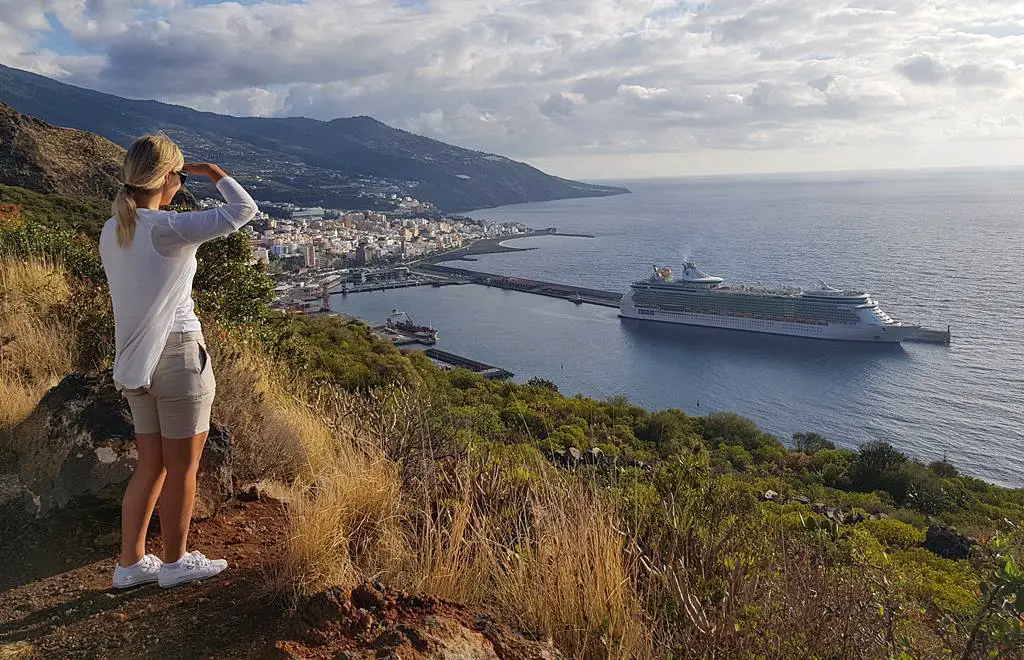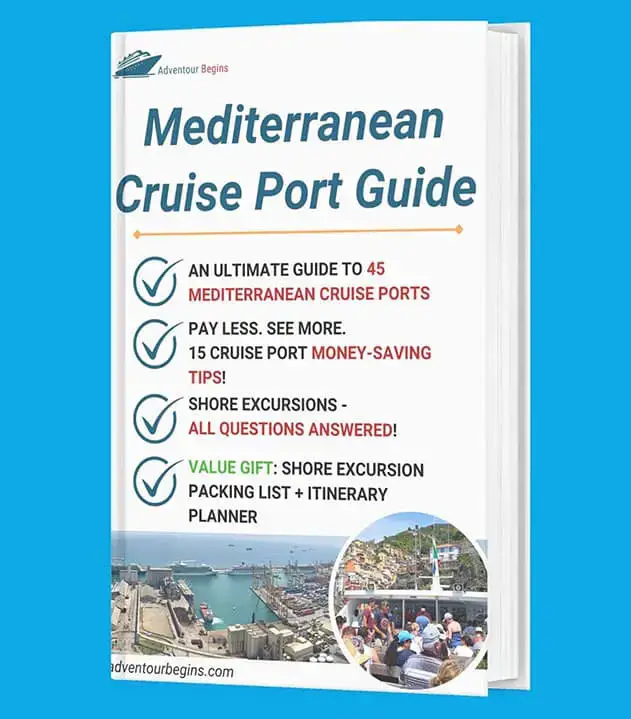Welcome to La Palma cruise port guide!
Santa Cruz de la Palma is the capital and the main port of La Palma island, the fifth-largest of eight Canary Islands. The idyllic city lies on La Palma’s eastern coast and is a gateway to the island’s breathtaking natural treasures such as volcanoes, picturesque villages and black sand beaches.
La Palma is also known as “La Isla Verde” (the green island) and “La Isla Bonita” (the beautiful island) because it’s the greenest of all Canary Islands. The island covers an area of 708 km2 (273 mi2) and is the smallest of the four Canary Islands (Tenerife, Gran Canaria and Lanzarote). In this article, read about:
- La Palma cruise port (La Palma cruise terminal, getting around, useful cruise tips)
- 5 best things to do in La Palma port and the best shore excursions
Visit also our cruise port guides to Tenerife, Lanzarote, Gran Canaria, La Coruna, Vigo, Gibraltar, Lisbon
Santa Cruz de La Palma Cruise Port
Cruise ships dock at Puerto de Santa Cruz de La Palma (Port of Santa Cruz de La Palma), located a 10-minute walk from Santa Cruz de La Palma downtown. The pier stretches along Avenida Los Indianos and can accommodate one large or two small/medium-sized vessels.
Cruise lines may organize free shuttle buses to transfer passengers between their terminal and the port entrance, from where they can walk into the city. The port area is flat, suitable for wheelchair users, and easy to navigate. There is a large parking right by the port entrance.
Santa Cruz de La Palma is also a ferry port that serves ferry routes to Tenerife, Gran Canaria and Lanzarote.
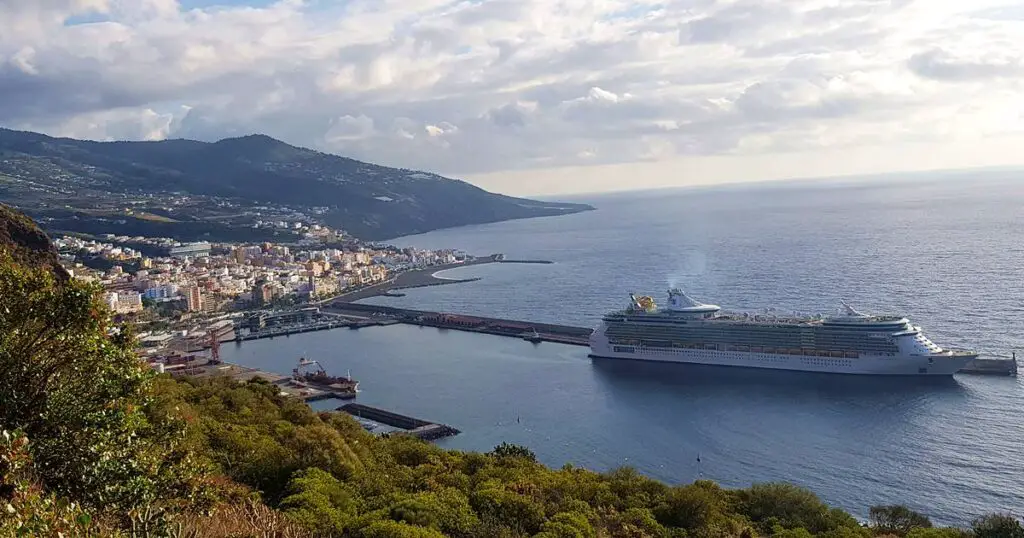
Getting Around La Palma Port
- The port of La Palma is located a 10-minute walk from the old town and Avenida Maritima, a waterfront maritime avenue known for its beautiful architecture and picturesque balconies. Two parallel streets from Avenida Maritima is the Calle O’Daly, the main pedestrian street where you can find souvenir shops, clothing stores, banks, pharmacies, eateries and bars, and historic landmarks.
- Santa Cruz de La Palma is compact and easily explored on foot. All the main attractions are located within walking distance and you can visit the whole town in about 2 hours. The port area is flat, however, the old town is partially hilly.
- There are two black sand beaches near the cruise port, Playa de Bajamar and Playa de Santa Cruz de La Palma, both located within a 20-25 minute walk from La Palma port.
- Santa Cruz de La Palma is a charming city, however, the natural beauty of the island can be observed in its inland parts. The entire island is of volcanic origin and full of spectacular natural wonders, including national parks, dense forests, volcanoes, and jaw-dropping sceneries. Therefore, I suggest you explore the island as it’s incredible and honestly one of the most beautiful islands I’ve ever been to.
- The best ways to get around La Palma are on a guided shore excursion or by renting a car. The roads are well-maintained, there are signs everywhere, and it’s relatively easy to navigate.
- La Palma has a good public bus network. There are numerous routes connecting the main towns on the island, however, you can’t reach all inland parts by public bus. Both local and intercity public transport in La Palma is operated by TILP company (Transportes Insular La Palma) and you can check the fares and timetables at https://www.tilp.es/
- You’ll find the nearest bus stops on Avenida Los Indianos, the avenue that runs parallel to the cruise terminal. Upon exiting the port, go around the parking and you’ll see them on your left. The bus station in Spanish is called “Estación de guaguas”.
- Taxis are available outside the cruise terminal. Besides regular taxis, 8-seater and wheelchair-accessible taxis are normally available. The taxi drivers usually offer standard half-day tours, which is also a great option to explore the island.
- The tourist information center (Oficina de Información Turística) is housed in a small glass building across the street from the port entrance, right by the roundabout. Here, you can get maps, brochures and useful info on the island.
- The currency in Spain is EURO (€). Local currency and credit cards are widely accepted, and ATMs and currency exchange are available downtown. The Canary Islands are part of Spain and thus the European Union, however, they are within a VAT-free zone, which means that everything is cheaper compared to the other European cities.
- Shops and businesses are normally open Monday through Saturday from 9:30 to 13:30, and then from 16:30 to 20:00 (the break in the middle is commonly known as siesta time).
- Book a private transfer to/from Santa Cruz de la Palma
- Explore La Palma tours and activities
- Check out rent-a-car deals
- Find accommodation in Santa Cruz de La Palma
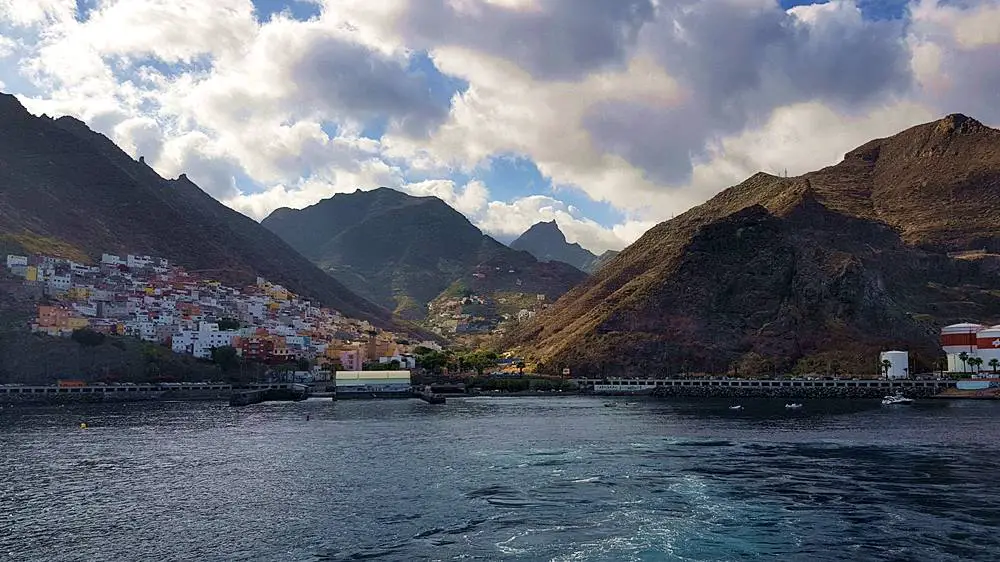
5 Best to Do in La Palma Cruise Port
Compared to Tenerife or Gran Canaria, La Palma still seems unspoiled by tourism and visitors can enjoy nature at its best. Before I share the best things to do in Santa Cruz de la Palma, I invite you to grab your copy of the “Mediterranean Cruise Port Guide”, the most comprehensive guide to 45 Mediterranean cruise ports (including Santa Cruz de la Palma), packed with practical information, expert tips & unforgettable experiences! (PDF format/200 pages)
 A Comprehensive Guide to 45 Mediterranean Cruise Ports
Plan your cruise itinerary in less than an hour and maximize your port experience!
A Comprehensive Guide to 45 Mediterranean Cruise Ports
Plan your cruise itinerary in less than an hour and maximize your port experience!
1. Santa Cruz de La Palma
Let’s start with the charming capital of La Palma island. For those of you who decide to explore the city on foot, these are the highlights and things to do:
- Calle O’Daly – The main pedestrian street where you’ll find a lot of shops and businesses. The street boasts beautiful colonial buildings and picturesque facades.
- Santa Cruz Town Hall (Ayuntamiento de Santa Cruz de La Palma) – The Town Hall is housed in a historic arched building on Calle O’Daly Street and overlooks Plaza de España (Spanish Square).
- Plaza de España – A small square is surrounded by the Town Hall and the Baroque Church of El Salvador (Iglesia Matriz de El Salvador), the main church in the town dating from the 1500s.
- Santa Cruz Market (Mercado de Santa Cruz de La Palma) – A stone’s throw from Plaza de España, a small yet lovely market is the place where you’ll find fresh local produce, from a variety of cheeses, fruits, herbs, plants and vegetables to local specialties such as a refreshment drink “guarapo”, made of pressed sugar cane.
- Avenida Maritima – The waterfront boulevard overlooks Playa de Santa Cruz de La Palma and is renowned for Balcones de la Avenida Maritima, the 19th-century wooden balconies of various colors, often featured on city postcards.
- Naval Museum (Museo Naval – Barco de la Virgen) – Located on Plaza de la Alameda, a 20-minute walk from the cruise port along Avenida Maritima, the museum is housed in Barco de la Virgen, a replica of one of Columbus’s caravels. It is the most visited museum in La Palma offering an amazing insight into five centuries of the naval history of La Palma and the Canary Islands.
- Castillo de la Virgen – Located slightly uphill from Naval Museum, this small fortress was built for defense purposes in the 17th century and offers nice views of the town and the Atlantic Ocean.
- Church of Santo Domingo (Iglesia de Santo Domingo) – Another beautiful historic church that dominates Plaza Santo Domingo.
- Playa de Santa Cruz de La Palma – A long and wide black sand beach lines Avenida Maritima and is the main city beach.
- Playa de Bajamar – Located directly opposite the cruise ship pier, this black sand beach is protected by the breakwater of the cruise pier and is a laid-back place popular with locals.
Check out La Palma tours and activities
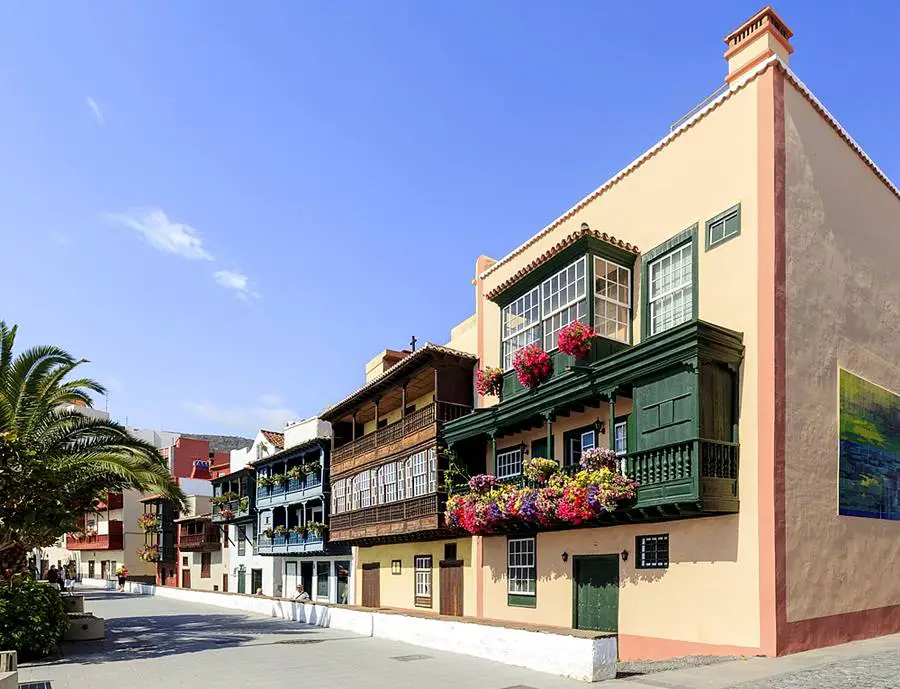
2. Caldera de Taburiente National Park
Parque Nacional de la Caldera de Taburiente lies in the heart of La Palma and is one of the top-rated places to visit on the island. Spreading across 10 kilometers, Caldera (“cauldron” in English) is a 1,500-meter-deep volcanic crater formed 2 million years ago by erosion of the volcano’s original crater. Over the centuries, a unique ecosystem has been created across the caldera, including lush vegetation, pine forests (Canary Island Pine), and other endemic flora and wildlife.
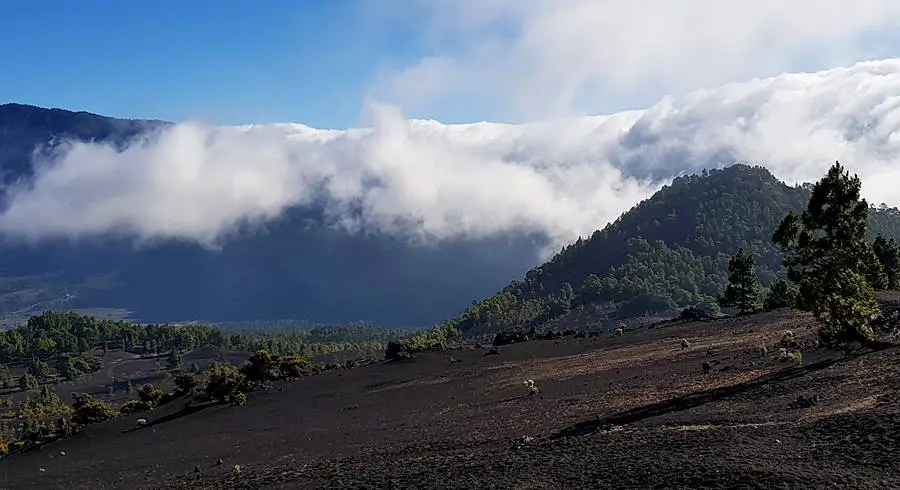
Many shore excursions and tours are daily organized to visit this spectacular UNESCO Biosphere Reserve that combines natural treasures with stunning views, such as the ones from the La Cumbrecita viewpoint (Mirador de La Cumbrecita), Mirador Lomo de las Chozas, Mirador de Los Roques, and many others. Hiking, off-road driving and other adventure activities are the most popular activities in the area. To get there, you can book a tour, rent a car, or book a tour by taxi. I suggest taking an organized excursion to see the most famous attractions in the area.
Explore Caldera de Taburiente tours and activities
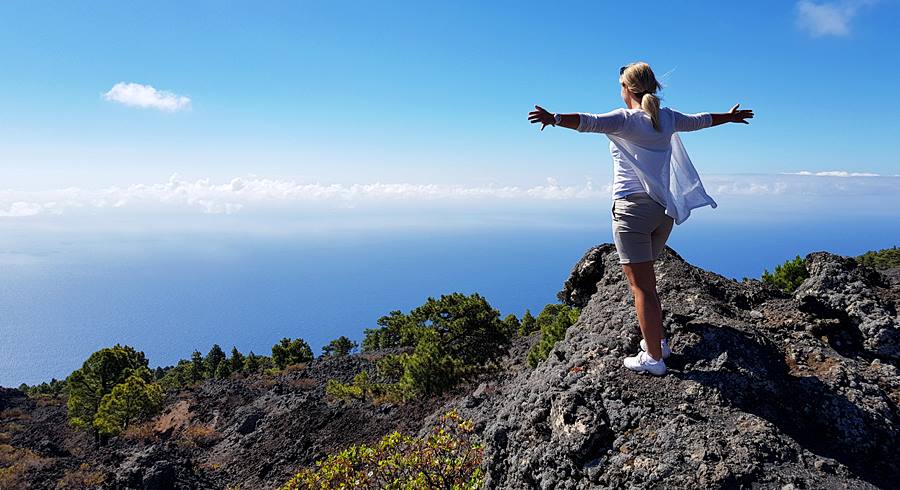
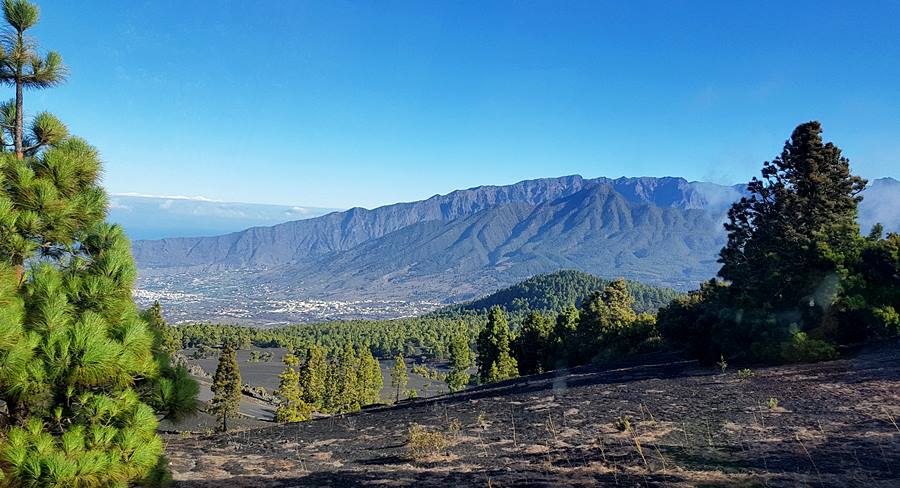
3. Roque de Los Muchachos
Also known as Mirador del Roque de Los Muchachos, this breathtaking viewpoint sits at the highest point of La Palma island at 2,426 meters above sea level. When translated into English, the “Rock of the Boys” was named after a group of small rock formations about 3 meters high, which resemble a group of boys.
The mountain peak is home to Roque de Los Muchachos Observatory, the largest astronomical observatory in the Northern Hemisphere, home to the largest optical-infrared telescope on the planet. Clear skies and outstanding weather conditions make this observatory a perfect location for astronomical research, attracting scientists from all over the world. Private visits to the observatory may be open to the public.
Check out Roque de Los Muchachos tours and activities
4. Fuencaliente
Fuencaliente de La Palma is a municipality in the southern part of the island known for dramatic volcanic landscapes and fertile soil suitable for growing Malvasia grape varieties and bananas. The landscape is dominated by an active volcanic ridge known as Cumbre Vieja, and two volcanoes San Antonio and Teneguía. Teneguía’s last eruption took place in 1971 and you can see its crater formed by that eruption from the Volcan San Antonio visitor center.
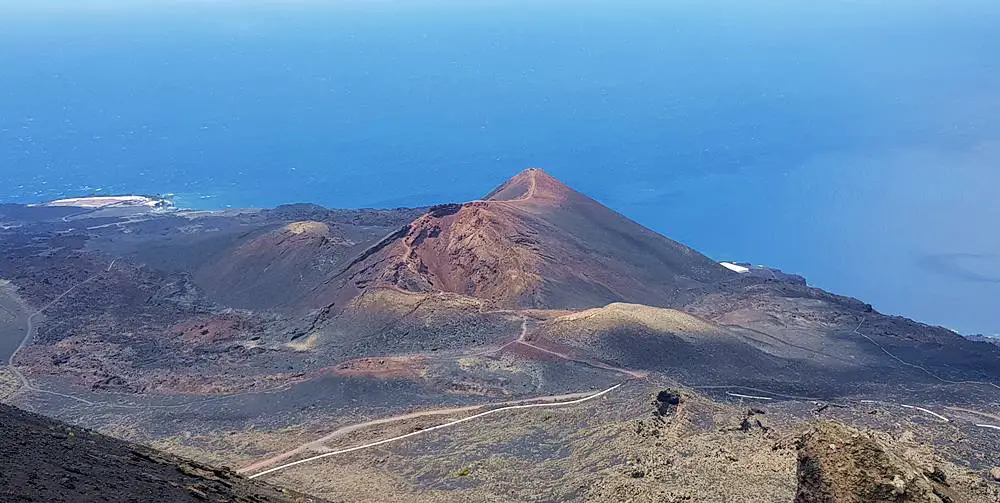
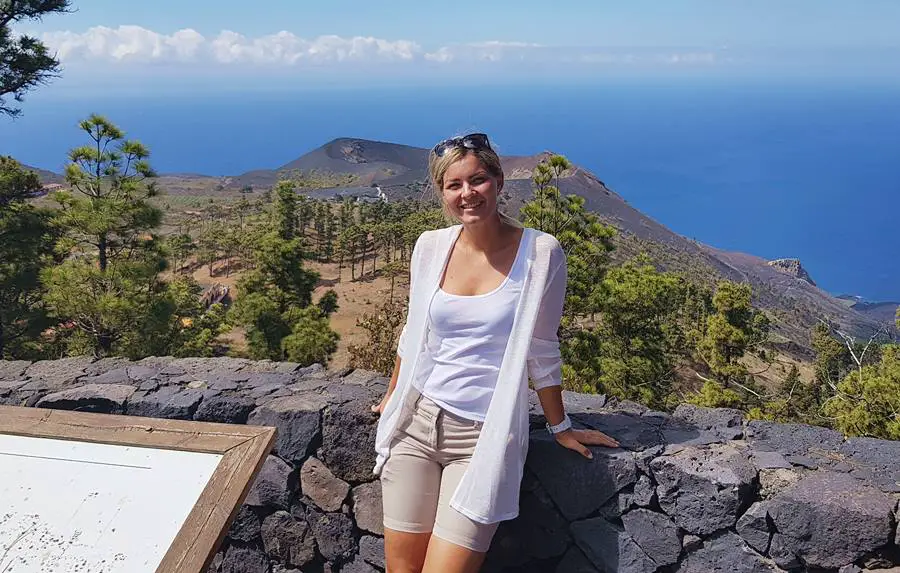
San Antonio Volcano’s last eruption took place in 1677. You can learn about it in the visitor center which offers an amazing insight into the volcano history of La Palma and theories of how the island was geologically formed. There is an ash path along the edge of the San Antonio Volcano crater, allowing visitors to see the pine trees that have been growing inside the crater for over a century. The crater itself is presumed to have a geological age of about 3,000 years.
Explore Fuencaliente tours and activities
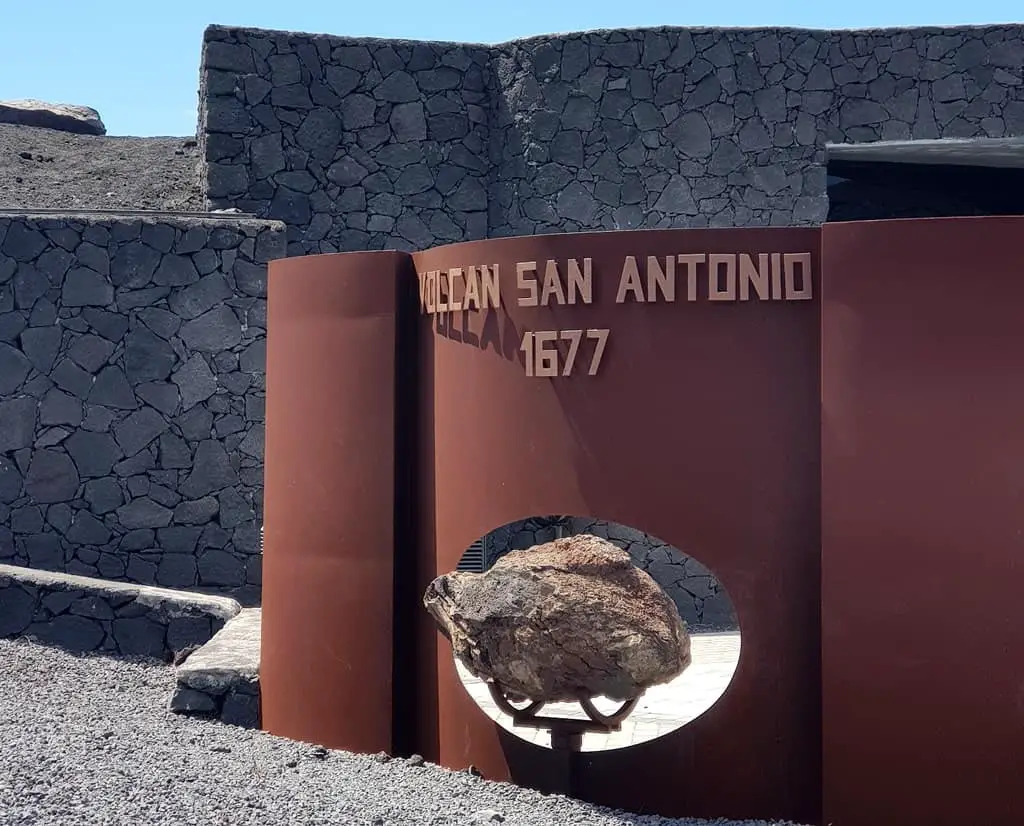
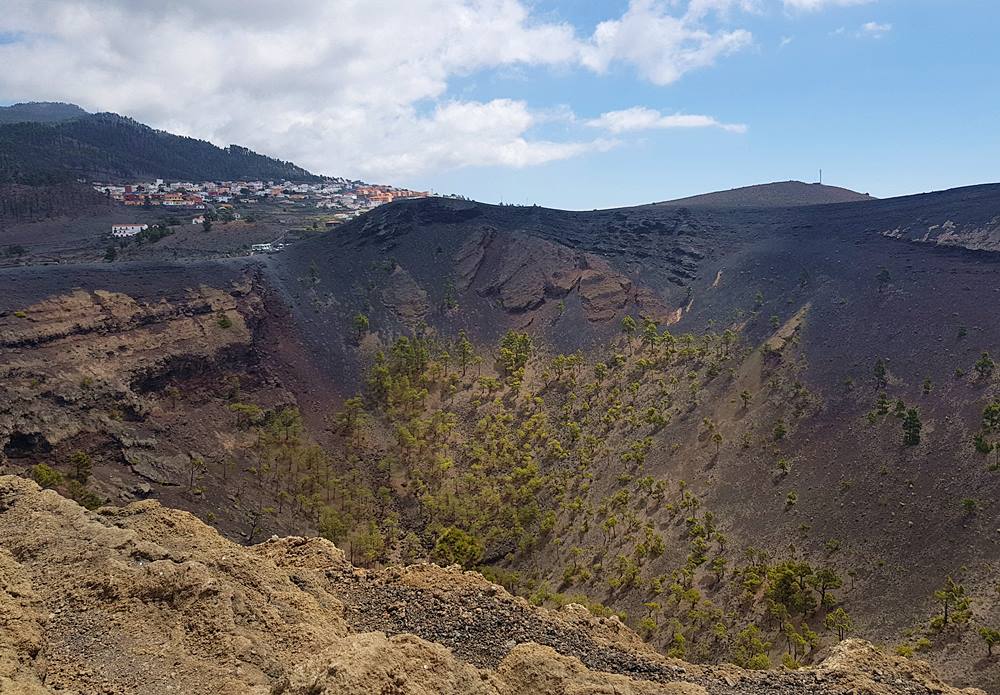
5. Los Tilos Forest
Los Tilos Laurel Forest is located in the northeast of La Palma and is undoubtedly one of the greenest areas on the island. Los Tilos is a UNESCO Biosphere Reserve known for lush vegetation and hundreds of endemic species of flora and fauna. There are several designated hiking trails through the forest, and nature enthusiasts can learn more about its history and ecosystems at the Los Tilos Visitor Center.
Check out Los Tilos Laurel Forest tours and activities

Wrapping Up
Whether you decide to explore La Palma’s charming capital or embark on a journey through volcanic landscapes, this beautiful port offers many options for everyone! Make sure you plan your day to get the most out of Santa Cruz de La Palma cruise port.
Visit also our cruise port guides to Barcelona, Valencia, Malaga, Palma de Mallorca, Cartagena, Cadiz, Alicante, Bilbao, Madeira
You may also like our cruise port guides to the Mediterranean, Caribbean, Western Europe, Baltic & Scandinavia, USA & Canada, Australia & New Zealand
Don’t miss out on the opportunity to enhance your Mediterranean cruise experience with our “Mediterranean Cruise Port Guide“- your ultimate companion to discovering the region’s hidden treasures and creating unforgettable memories; click below to purchase your copy today and embark on the voyage of a lifetime!

Ultimate Guide to Mediterranean Cruise Ports
Plan your Cruise Itinerary in Less than an Hour and Maximize Your Port
Experience!
This article may contain affiliate / compensated links. For full information, please see my disclaimer here.


